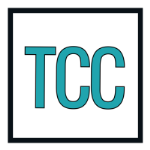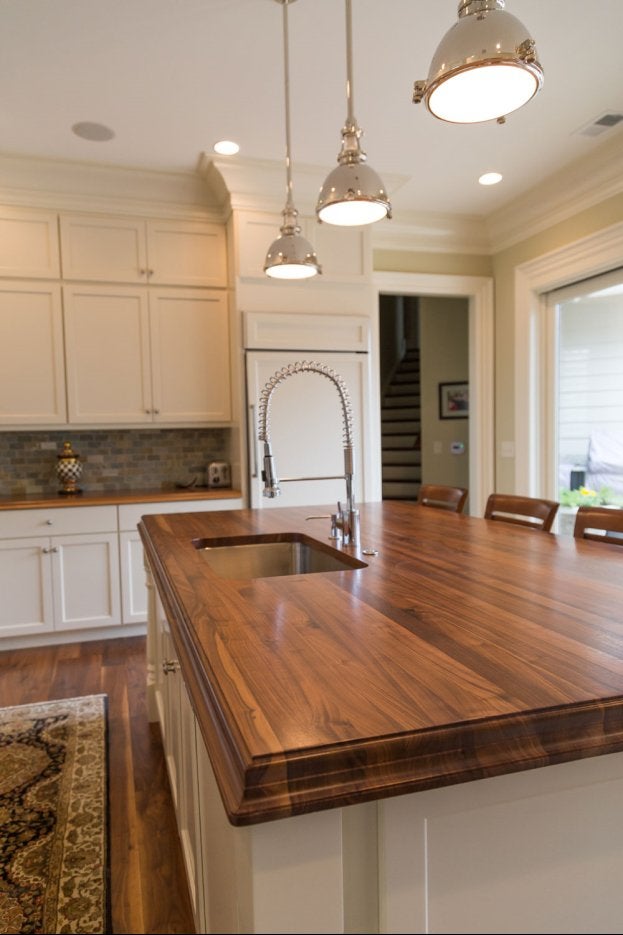Step 1. Choose A Wood Species
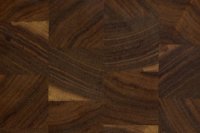
Walnut End Grain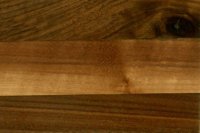
Walnut Edge Grain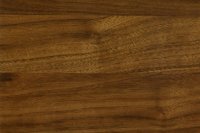
Walnut Plank
Characteristics
Mellows and turns more golden with age
Grown in the USA
Jatoba / Brazilian Cherry
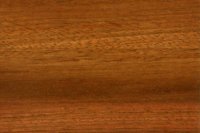
Edge Grain Jatoba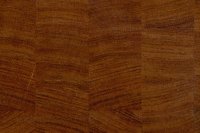
End Grain Jatoba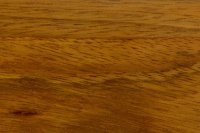
Plank Jatoba
Characteristics
Darkens some with age
Grown in Central America
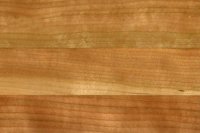
Edge Grain American Cherry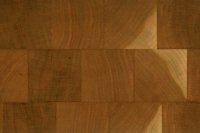
End Grain American Cherry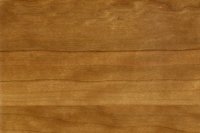
Plank American Cherry
Characteristics
Darkens significantly with age
Grown in the USA
Hard Maple / Hard Rock Maple
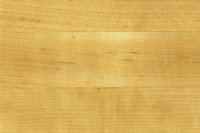
Hard Maple Edge Grain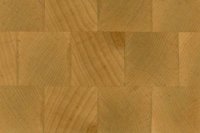
Hard Maple End Grain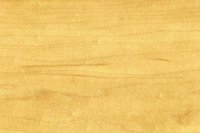
Hard Maple Plank
Characteristics
Darkens little with age
Grown in the USA
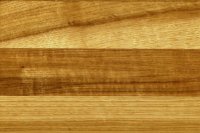
Hickory Edge Grain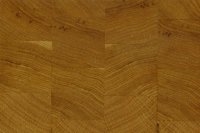
Hickory End Grain
Characteristics
Darkens little with age
Grown in the USA
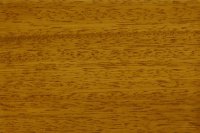
Plank Iroko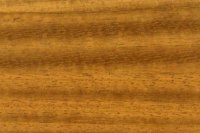
Edge Grain Iroko
Characteristics
Darkens significantly with age
Grown in West Africa
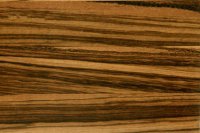
Zebra Edge Grain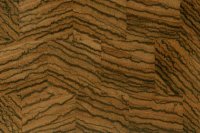
Zebra Wood End Grain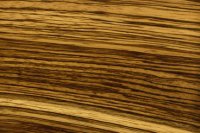
Zebra Wood Plank
Characteristics
Darkens little with age
Grown in West Africa
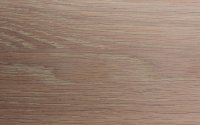
Kama-weathered-wood-finish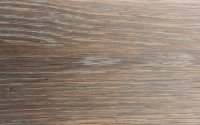
Belita weathered-wood finish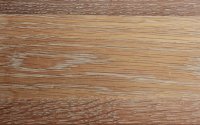
Charu weathered-wood finish
Characteristics
Darkens little with age
Grown in the USA
Step 2. Choose A Finish
In addition to wood species, you’ll want to make sure that the countertop is properly finished. Three types of wood finishes are available:
1. Permanent Conversion Varnish Top Coat. This is sprayed on and provides the best protection against. The ideal finish for most counter top uses. It permanently and completely seals the wood protecting it from staining and water damage. It also offers significant scratch resistance when compared to raw wood. The finish soaks deep into to wood fiber reinforcing it. You should not cut on this surface.
2. Rubio Monocoat Oil Sealer. This is a 100% zero VOC sealer great for “ GREEN” projects. It saturates the color but the surface looks like raw wood, much like typical butcher block. The wood is very well sealed against water and other common household liquids so it’s good to use on countertops with wet areas like undermount sinks.
3. Mineral Oil. This is a 100% food grade oil, perfect for chopping surfaces. This is not a sealer, rather a wood conditioner designed to keep the wood healthy. Wine and other liquids will stain the surface and wet areas are not recommended.
Step 3: Choose A Construction Style
There are three styles to choose from, each with it’s own look, and in some cases function.
• Plank/Face is a design and cost driven construction style. It has the look of furniture and because labor/scrap is minimized it is the most cost effective of the three styles. The boards are typically between 4”-6” wide and run the full length of the top. For most species thicknesses of up to 1- 3/4” is the maximum available.
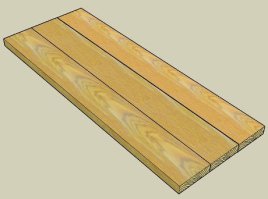
Example: Plank / Face
• Edge grain is a construction style where the top surface of the countertop is the edge of the board, as seen below. The boards are typically 1-3/4” wide and run the full length of the top. Thicknesses of up to 4-1/2” can be achieved with this style. Historically this is the look people think of when using the term “butcher block”.
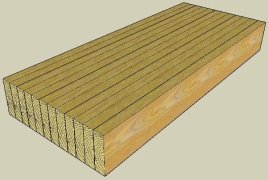
Example: Edge Grain
• End grain is another construction style that is very popular for butcher blocks, chopping blocks or food preparation areas. Here, a piece of wood is stood on its end giving the surface a checkerboard look. Some end-grain construction countertops are subtle, using the same wood species to form a tone-on-tone offset checkerboard, while others are more dramatic and use contrasting dark and light woods to form a very visual checkerboard. The blocks are typically 1-3/4” x 1-3/4” with thicknesses of up to 4-1/2” achievable.
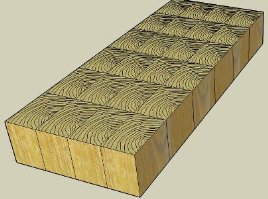
Example: End Grain
Step 4. Choose A Edge
Simple Edges $
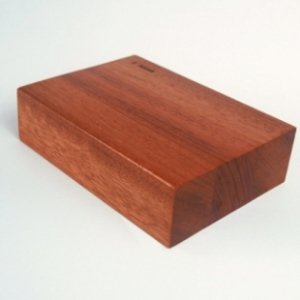
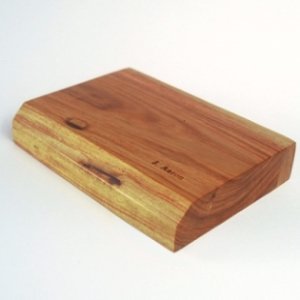
#1 Eased Edge Profile (Free Edge)
#2 Bevel Edge Profile (available in 1/4″, 3/8″ & 1/2″) ($)

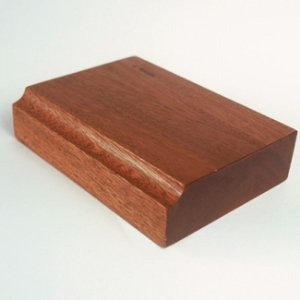
#3 Roundover Edge Profile (available in 1/4″, 3/8″ & 1/2″) ($)
#4 Cove Edge Profile (available in 1/4″, 3/8″, 1/2″ & 1″)
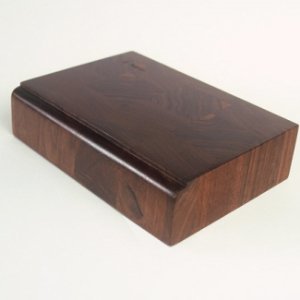
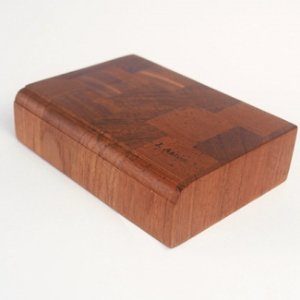
#5 Beaded Roundover Edge Profile (available in 1/4″, 3/8″, 1/2″ & 1″) $
# 6 3/8″ Double Beaded Roundover (Bead on top and side) $
Standard Edges $$
A standard ogee is a great design addition if you prefer your wood
countertop look a little more like a table top vs. a butcher block
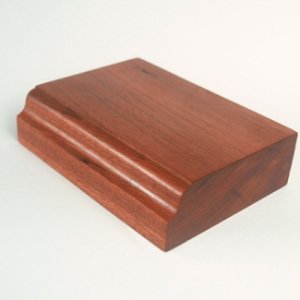
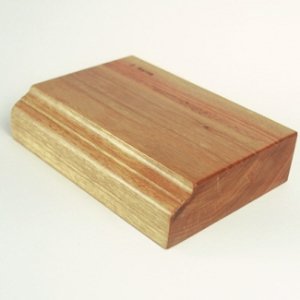
#7 Traditional Ogee Edge Profile $$
#8 Alpine Edge Profile $$
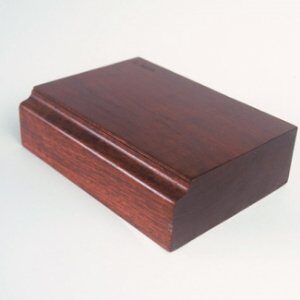
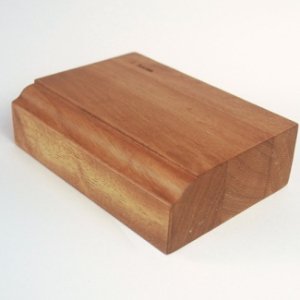
# 9 Monaco Edge Profile $$
#10 London Edge Profile $$
Premium Edge Profiles $$$
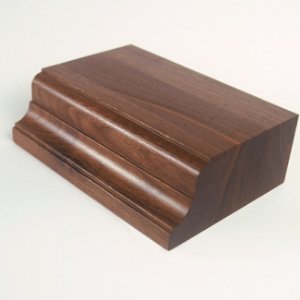
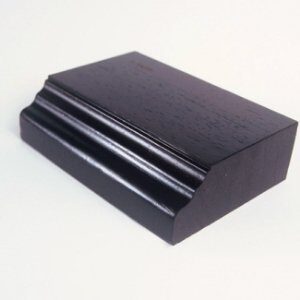
#11 Torio Edge Profile (min of 2-1/2″ thick countertop required) $$$
#12 Nagra Edge Profile $$$
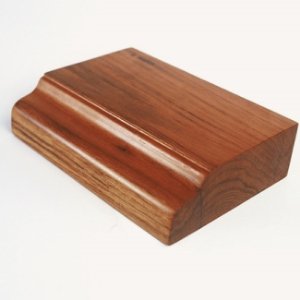
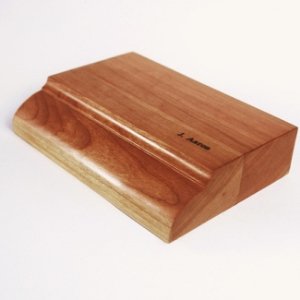
#13 Rustic Edge Profile $$$
#14 Stepped Double Radius Edge Profile $$$
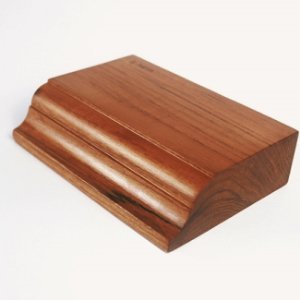
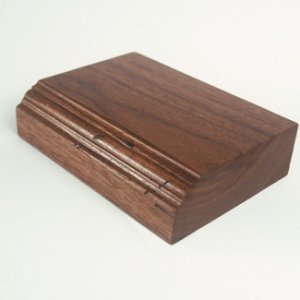
#15 Arno Edge Profile $$$
#16 French Baroque Edge Profile $$$
Walnut Bar Top
Construction Style – Plank Style Species – Walnut
End Grain
Example Images
End Grain Walnut With Hard Maple
Edge Grain consists of wood planks turned on their narrow edge. This style is the best method
of revealing a more linear grain pattern. It is satisfactory for cutting/chopping food.
Thickness can range from 1.25″ to 6″.
Edge Grain Walnut
#1 Shown: Species – Walnut
Construction Style – Edge Grain
Finish – Monocoat
#2 Shown: Species – Walnut
Construction Style – Edge Grain
Edge Grain Hard Maple
#3 Shown: Species – Hard Maple
Construction Style – Edge Grain
